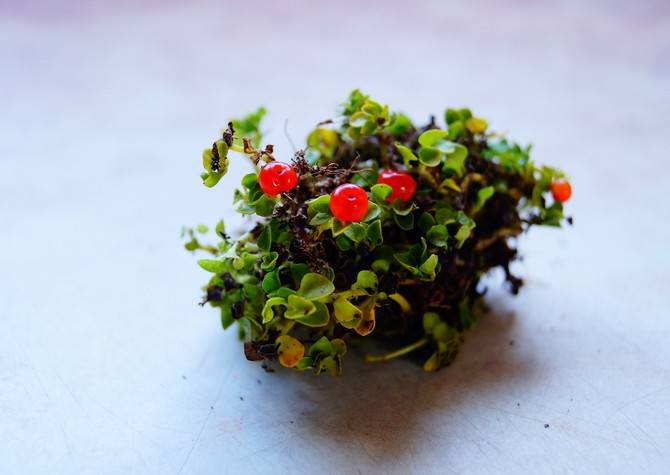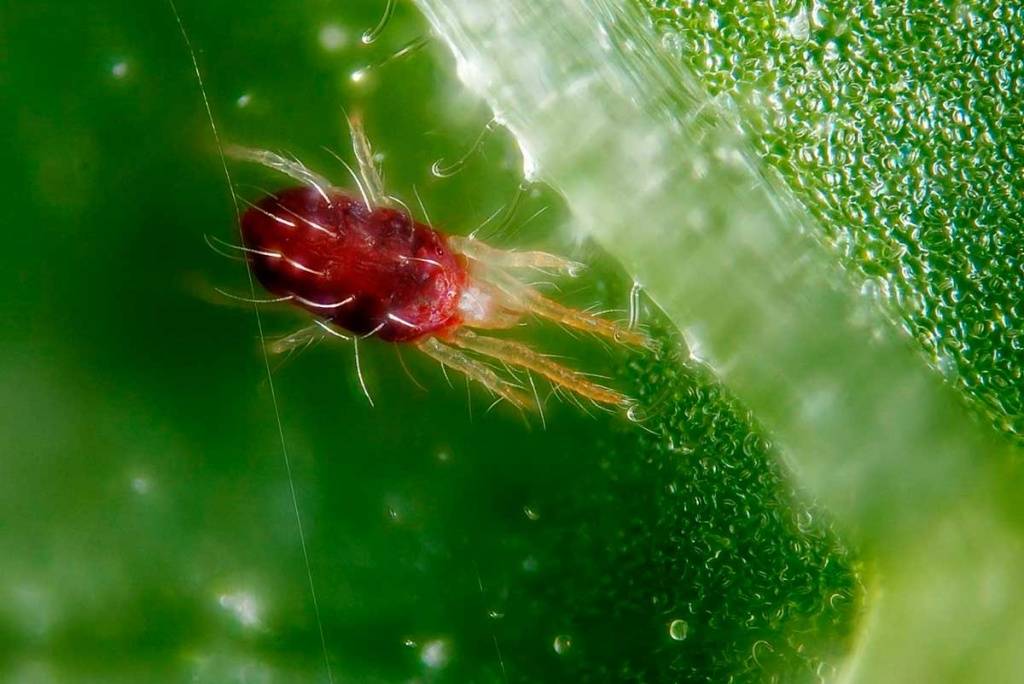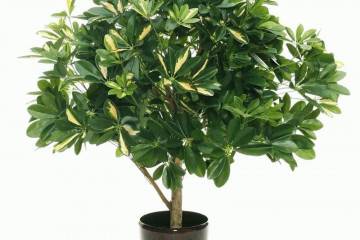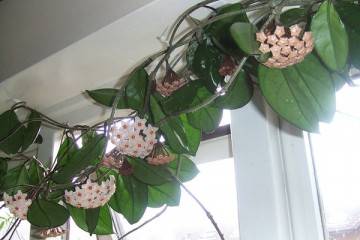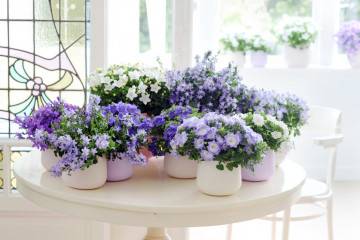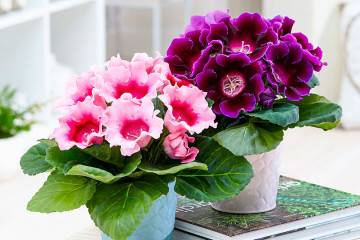Nertera - home care
Content:
If you want to plant some unusual plant at home, you should opt for nerter. One of the advantages of this flower is its ease of maintenance.
What does nertera look like and what family it belongs to
The nerter plant belongs to the Madder family. It looks very unusual. Nertera is a perennial creeping herbaceous crop. The main feature is the small berries that remain after flowering. Outwardly, they look like very small tomatoes. The leaves are small, rich in light green color.
Common varieties
Popular varieties:
- nertera Granadenzis. Bushes grow up to 50 cm in diameter. The leaves of the Granadensis variety are small, about 8 mm. The flowers are bright yellow. After flowering, small red-orange berries are formed instead of them, which are very poisonous. This variety is also called Astrid nertera;
- pressed. The leaves are rounded dark green. The flowers are small, light green. With proper care, the bush grows up to 40 cm;
- ciliated - a compact plant that reaches 25 cm in diameter. Small cilia are located on the fruits.
Features of caring for nertera at home
Not a capricious nertera plant, home care is not difficult. The main thing is to provide proper care for the flower.
Temperature
Care for nertera includes the selection of the optimal temperature in the room where the pot is. Nertera mix prefers temperatures between 10 ° C and 20 ° C in spring.
Lighting
The nerter flower belongs to light-loving plants and prefers diffused light. Avoid placing the pots in full sun or partial shade. Due to the bright sun, burns appear on the foliage. They look like brown spots.
Watering
Throughout the growing season, the plant needs regular watering. At home, the flower needs to be watered a few days after the topsoil has dried. For irrigation, it is recommended to use boiled filtered water cooled to room temperature. In winter, the amount of watering is reduced.
Spraying
During active growth, you need to care for the nerta as follows: before flowering, the plant is regularly sprayed with warm water from a spray bottle. This can be done several times a day.
Humidity
The flower prefers high humidity, especially during the period of active growth and before flowering. To increase the humidity level, wet expanded clay can be poured into the pallet.
Priming
The plant requires a moist and nutritious substrate.
Detailed soil composition:
- garden land;
- peat;
- coarse river sand;
- sphagnum moss.
The plant is able to grow on nutrient-poor soils with medium acidity.
Top dressing
Caring for nertera Granadenzis mix at home means regular feeding. The plant needs fertilization during the growing season once a month. You can use universal complex fertilizers.
Features of winter care and a dormant period
The resting period for nertera mix begins in October and lasts until March. At this time, the number of irrigations is reduced and practically no longer fertilizing the soil. During this period, the plant's metabolism slows down. It does not need nutrients for growth. The pot is transferred to a cool place until the end of March.
When and how it blooms
The flowers of the plant are usually inconspicuous. But after them red berries remain, because of which the bushes look very decorative.
Changes in care during flowering
The flowering period begins in spring, late April - May. This is the time of active growth of the plant, when it requires fertilization. This is the only period when the flower is fed.
How nertera reproduces
There are two ways of breeding nertera at home - dividing the bush and germinating seeds for the subsequent growing of seedlings.
Germinating seeds
The seeds are planted in early spring.
Detailed description of the process:
- The planting material is scattered over the soil and lightly sprinkled with soil.
- Then it must be well watered and covered with cling film so that the sprouts sprout faster.
- As the soil dries up, it is watered.
- When sprouts begin to appear, the film is removed.
- The grown bushes are transplanted into separate pots.
Dividing the bush
The easiest way to reproduce is by dividing the bush.
Description of the breeding method:
- Reproduction in this way can be carried out during transplantation. The plant is carefully removed from the old pot.
- Then the rhizome is cut into several parts.
- Each part is planted in a separate pot.
A plant planted in this way quickly gets used to a new place.
Transfer
Since nertera is a creeping plant with a shallow root system, it does not need frequent transplants. If necessary, the bush is transplanted in early spring.
The plant is carefully removed from the old pot. You can dig out bushes with a top layer of old soil and plant in this form in a new place.
Pests and diseases
Diseases and pests on this flower are rare. If there are, it is mainly due to improper care.
What pests and diseases are terrible for the plant:
- root rot occurs due to stagnant water in the soil. If the roots begin to rot, then the soil is waterlogged. In this case, they stop watering for several weeks. All affected tissues of the flower are cut off;
- of insects, spider mites are often found. The reason for the appearance of this insect is too dry indoor air. Insecticides are used to destroy the pest.
Nertera will bring a little exotic and bright colors to any interior. Moreover, this is one of the most unpretentious indoor plants to care for.


